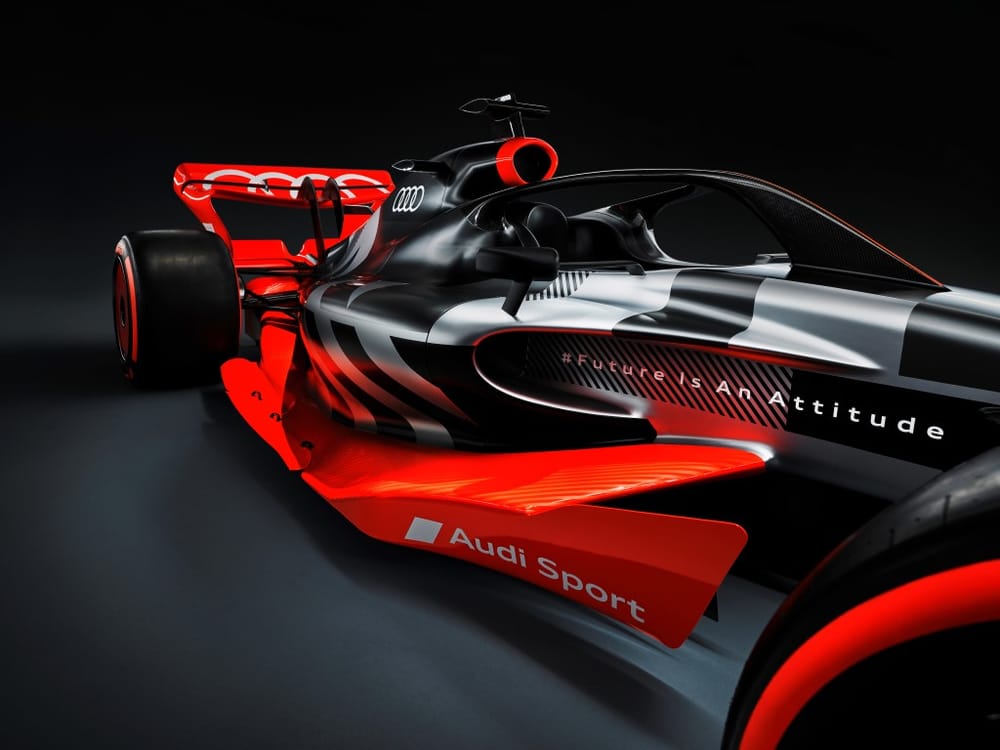Up Next

Audi’s realised it’s going to take longer than it thought to turn Formula 1’s last-placed team into a frontrunner, as incoming boss Mattia Binotto has labelled it an even bigger job than he expected.
It has been nearly two years since Audi officially confirmed it would take over Sauber by 2026, and even longer than that since Audi committed to an engine project that guaranteed it would enter F1 for the first time.
But that two-year head start has been used poorly, with Sauber’s on-track form so bad that Audi’s been forced to re-evaluate its targets already.
That admission came from Audi CEO Gernot Dollner when he appeared alongside Binotto to speak to media including The Race and confront Audi’s various problem areas publicly for the first time.
Between Dollner’s comments and ex-Ferrari F1 boss Binotto’s forthright first impressions of what he’s seen from Sauber and Audi, there was no shortage of blunt admissions about how much needs to improve by the time this team transforms in 2026 - and what will still need work in the years that follow.
INITIAL TARGET WAS UNREALISTIC
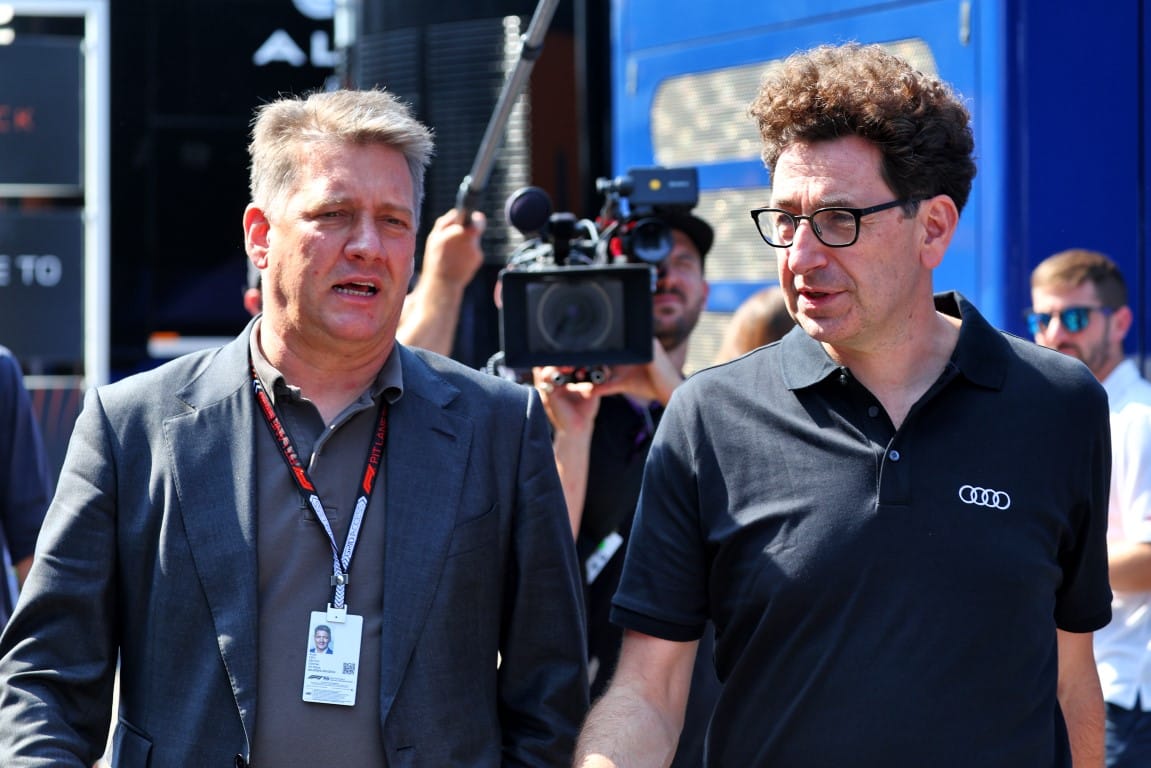
Dollner and Binotto have admitted that it is going to take more time than the initial target set by Audi to fight for wins by 2028.
But they are not putting a new one in place. At least not yet. Dollner said they’ve started the discussion about “how ambitious we can be, but we haven’t finished it” - that’s to be sorted in the coming months.
All they’ll say is that it is a “multi-year” or “long-term” project with a “more realistic” timeline for success. But however you frame it, that mean Audi’s accepted that it won’t win in its first three seasons.
Revising the target 18 months before getting on the grid is embarrassing, no question. But at least it shows some realism. And it’s not going too far in the other direction either - it’s not a free pass for the team to continue to struggle in its final years as ‘Sauber’ and then slowly ramp up as Audi.
Binotto says Audi can’t afford it. He phrased it quite nicely when he said “we need to train our muscles for the future”.
This is a long-term project that also needs some immediate improvements. Binotto admits the team’s current position is “very painful” - and comes at the cost of setting the necessary foundation for the Audi era.
Binotto has first-hand experience inside a troubled team that eventually morphed into a championship winner.
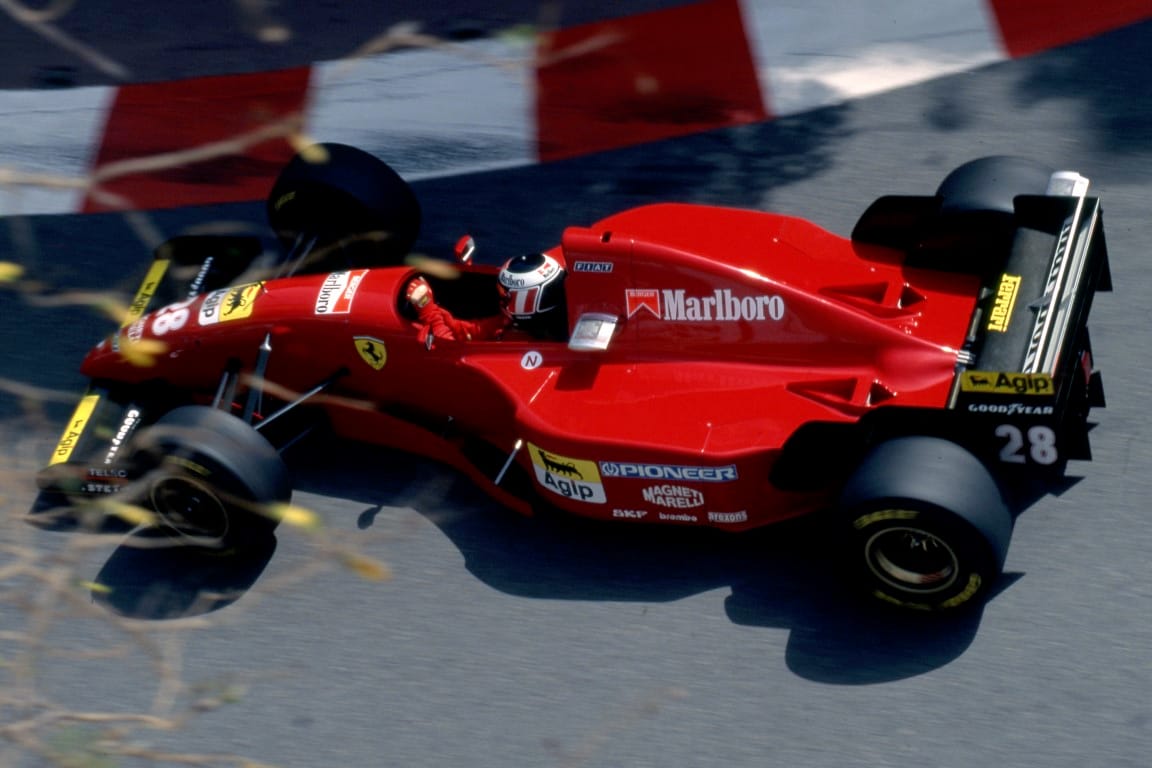
But Ferrari in the mid-1990s - when he started out there - wasn’t as troubled as Sauber is now. He admits it is “certainly different compared to what I was used to”.
That at least gives Audi a benchmark of where it needs to get to and the patience required.
Binotto, who called it the project of his life, summarised what’s needed as a “real business transformation” and compared it to when Ferrari, Red Bull and Mercedes all embarked on “winning cycles” that took years to build up to.
It will be no different for Audi - if anything, given how far behind it’s coming from, it will be even harder.
A BIGGER JOB THAN BINOTTO EXPECTED
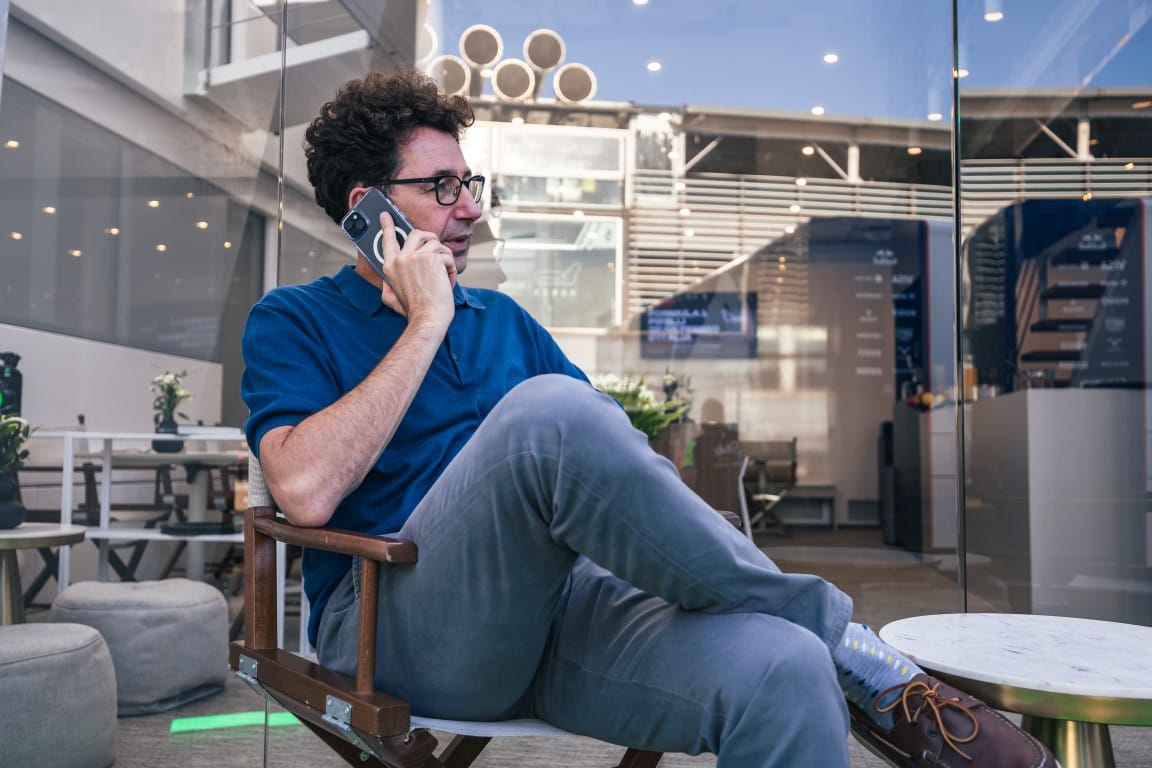
Admitting more time is needed means either Audi underestimated F1 or the company and its appointments failed to make the most of the two years they’ve had already.
Neither is particularly encouraging and the upshot is that even though Binotto was looking for a “big challenge” after Ferrari, he admits this is “even bigger than the one I was expecting”.
A primary concern when Audi took over Sauber was how prolonged the takeover would be and whether Audi would waste too much of its head start.
That seemed to be happening because ex-Sauber CEO Andreas Seidl was pushing for Audi to do more, sooner - which was helped when Dollner joined in 2023 and triggered a review of the F1 programme.
It led to Audi deciding to buy 100% of Sauber rather than just 75% - a process that is expected to be completed by January 2025 - but ironically also caused Seidl’s exit as greater Audi oversight sparked a power struggle with Audi’s own Oliver Hoffmann that ended with both Seidl and Hoffmann out the door.
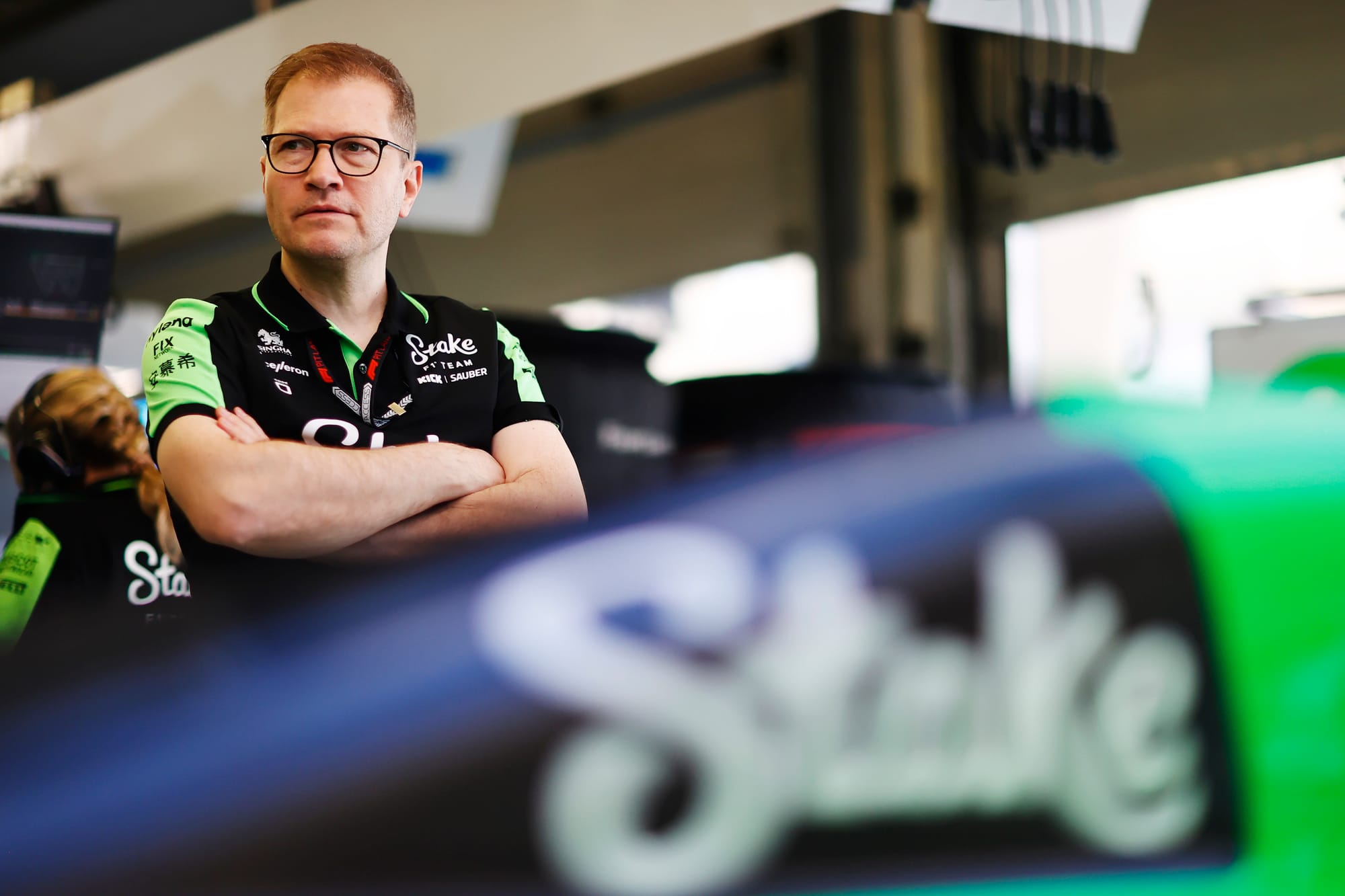
Even though this team still won’t assume the Audi identity until 2026, the on-track progress must be gradual. It can’t close one season performing like Sauber and start the next like a team worthy of being called Audi, as if all the progress can happen in a single winter.
While Dollner rejects the notion that the last two years have been a waste, he accepts the transformation from a Sauber team to an Audi team has only “started a little” and needs to speed up.
Binotto’s in a good place to judge how long the road ahead is. His Ferrari career spanned almost three decades and took him all the way through its technical structure to the very top of the engine side, overall technical director and then running the team itself.
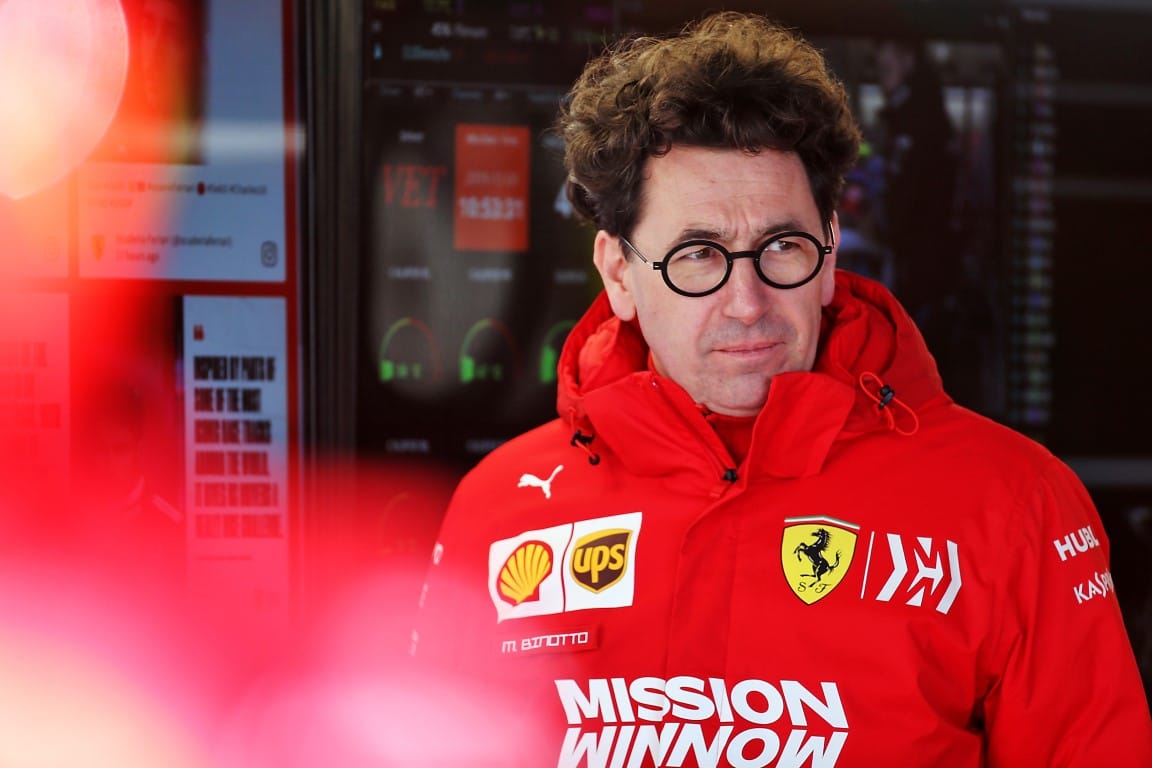
After his initial visits to Hinwil and Neuburg to observe the team side and the engine development, Binotto says there’s a lot to do. Though he says Sauber’s filled with “great people”, the list of things to “ramp up” was extensive: organisation, tools, processes, methodologies, and facilities.
Sauber’s weaknesses are prominent in both development (away from the track) and performance and operations (at the track itself). But Binotto’s new team principal Jonathan Wheatley doesn’t join until next summer.
Binotto admits “we need to bridge [the gap] from now to maybe July next year” and so it’s possible that current ‘team representative’ Alessandro Alunni Bravi continues to perform some low-level team principal duties on-site.
Binotto would support this. He doesn’t intend to step in as interim team principal on the ground at every race as he wants to devote more time at the factories in Switzerland and Germany where he says “we need to develop the most”.
'GAP' TO RIVAL ENGINES EXPECTED
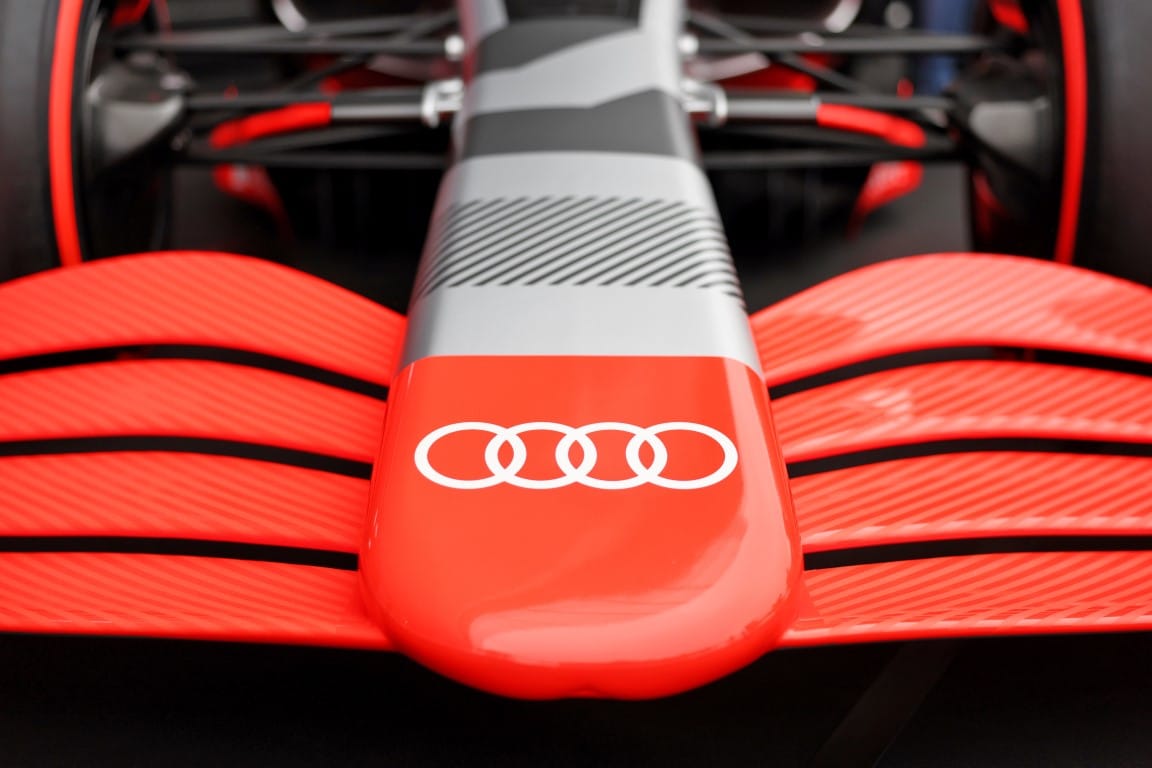
On the engine work, Binotto is encouraged by the dyno testing and talked up the organisation and facilities in Neuburg, but has also offered a warning that he expects Audi to start behind its rival manufacturers.
This is a bit of a departure from Audi’s overwhelmingly positive narrative in all of its self-produced media around the engine programme - unsurprising given this is the part of the narrative that Audi can control most.
The engine programme is advanced, and progressing well, or so Audi has claimed.
A complete engine comprising the V6, electric motor, battery and control electronics is “running dynamically” on the test bench and has already covered simulated race distances. Soon it’ll do the same with the engine combined with the transmission.
Audi said recently it started a 2026 concept team at Sauber as far back as January 2023, which has intensified now that car regulations exist for 2026, even though they are primitive and subject to change.
Audi is clearly pleased with the results so far, claiming it has “achieved all the targets we set ourselves” for performance and efficiency at this stage of development. But Binotto has offered a more pragmatic and, dare we say it, believable account.
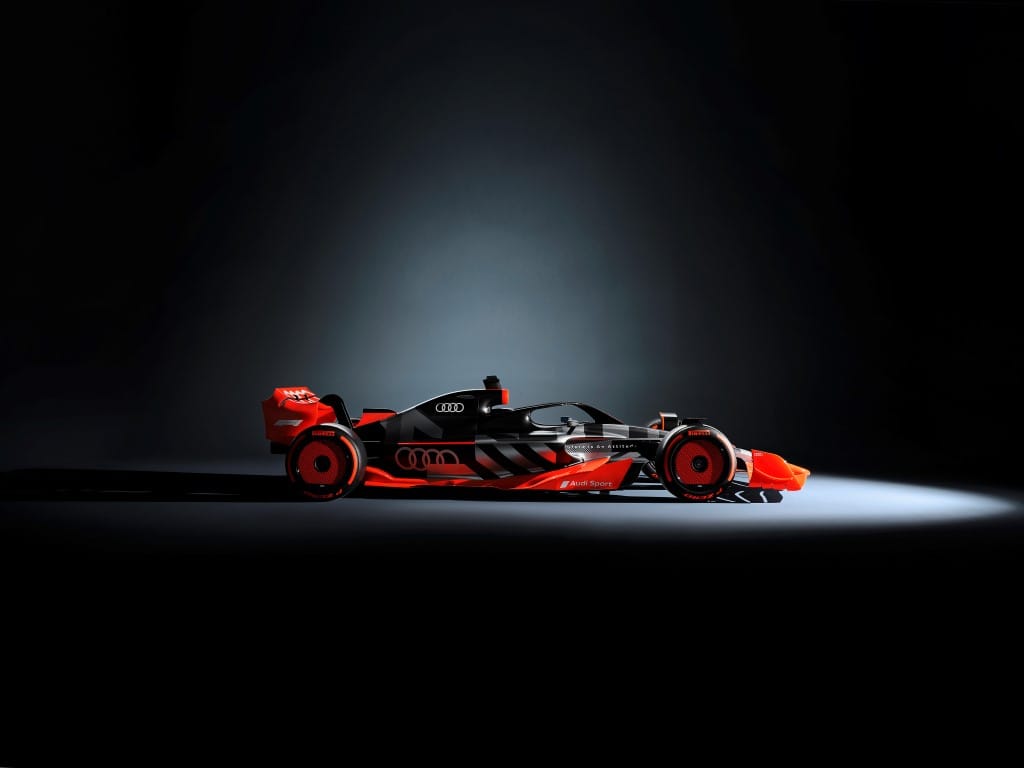
He’s warned “there is a learning curve” against more experienced and prepared opposition and is expecting to have “some gap to recover”.
But how big, we’ll have to wait until 2026 to find out, especially as there’s still more than a year of development - with what Binotto calls an “intense” programme - still to go.
There’s also been a hint that the Sauber and Audi sides haven’t been working effectively together so far, as Binotto stressed the need to merge what they are doing, and improve culture and mindset.
He’s talked as specifically as needing to set up dedicated rooms for proper video conferences, and having better organisation, while keeping the meetings to a minimum because they’re time-consuming. Which makes you question how efficiently that concept team that’s existed for 18 months has actually been run, regardless of Audi’s previous bullishness.
CORPORATE INTERFERENCE
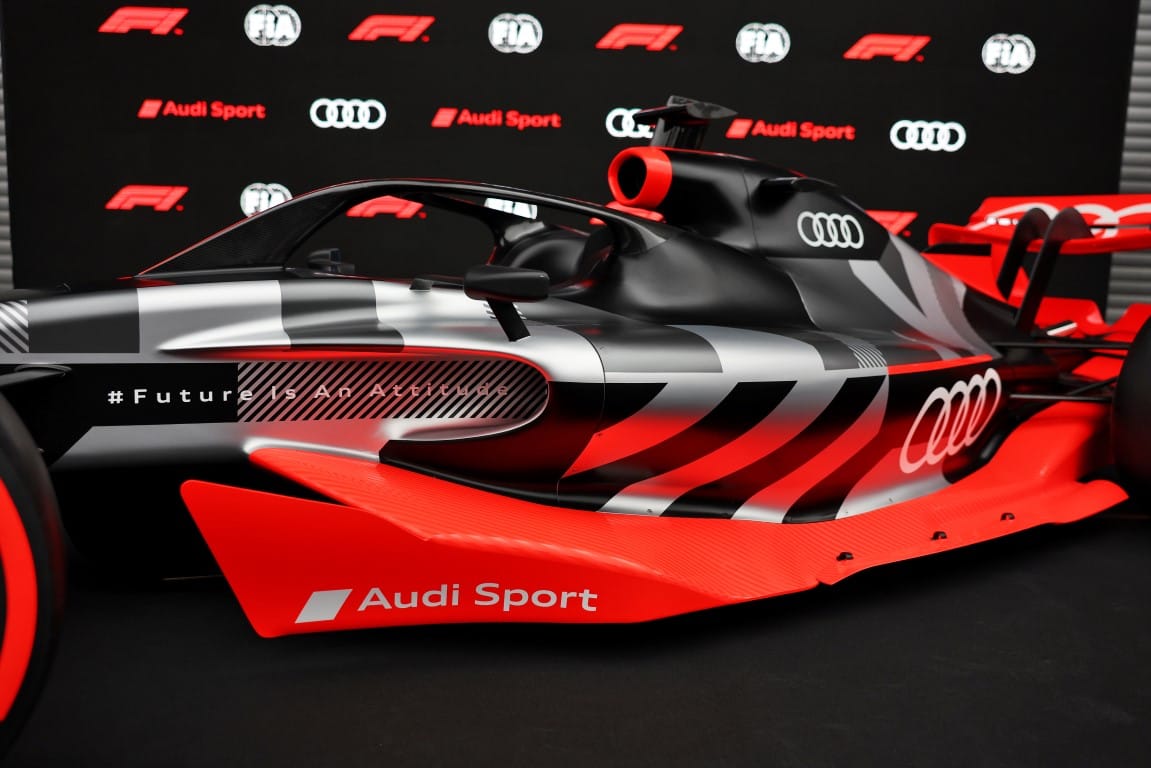
Major removals and appointments through the summer meant we already had an idea of how Audi F1 2.0 would be led, but there’s also been an emphasis on freeing up the F1 team to be independent of Audi itself.
“We are totally aware that it's necessary to keep this project away from corporate processes,” says Dollner.
The only conclusion to draw is there was too much vulnerability to interference and obstruction of quick decision-making and rapid progress. Audi’s initial F1 structure had too many layers and obscure responsibility.
Now, Dollner’s adopted a combination role as Audi CEO and Sauber chairman. Binotto’s dual Sauber CEO and CTO role gives him clear authority and he reports directly to Dollner. Meanwhile, Wheatley will arrive from Red Bull, where he is currently sporting director, to be team principal. Adam Baker runs the engine side.
That gives Audi F1 a pretty simple hierarchy that Dollner says leaves the company “really convinced we have the perfect set-up for the future”. Wheatley runs the F1 team day to day and works out what it needs to be better. Binotto makes that possible, identifies where Sauber can improve at base, and ensures the team and engine sides are working harmoniously. And Dollner’s there to green-light any major decisions such as investment or driver signings.
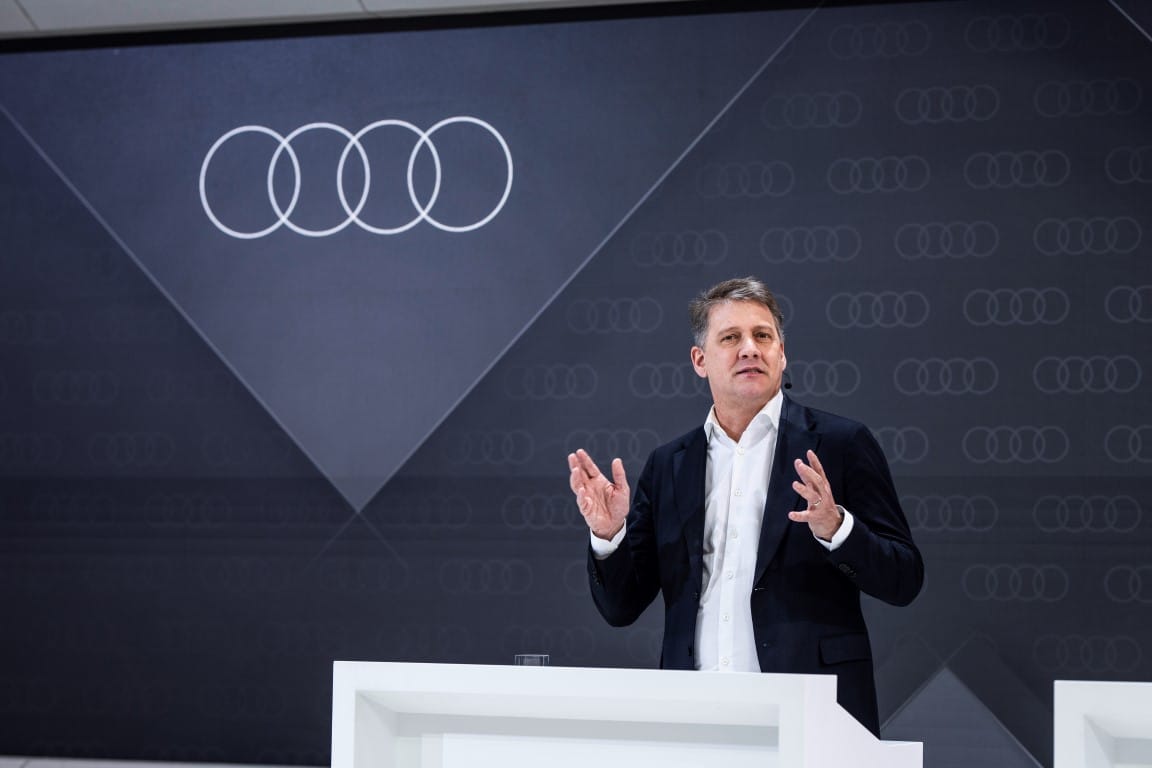
It’s always slightly worrying when a company executive says “I will personally involve myself more intensively” as corporate interference is a death knell for an F1 project.
But giving Dollner the benefit of the doubt, based on what else he’s said, he probably just means he’s backing the project and following it more closely - rather than trying to call the shots.
The intention is to make the F1 team almost a ring-fenced entity that essentially operates separately from Audi itself. The Audi supervisory board still ultimately has final say on anything but Dollner doesn’t think this will come up - and there are only two board members (Dollner being one of them) who would get involved anyway.
Dollner (pictured below) wants to be the link between the F1 project and what he calls “corporate Audi”, nothing more. At least on sporting and technical matters - marketing activities and sponsorship are where Audi will have a bigger say.
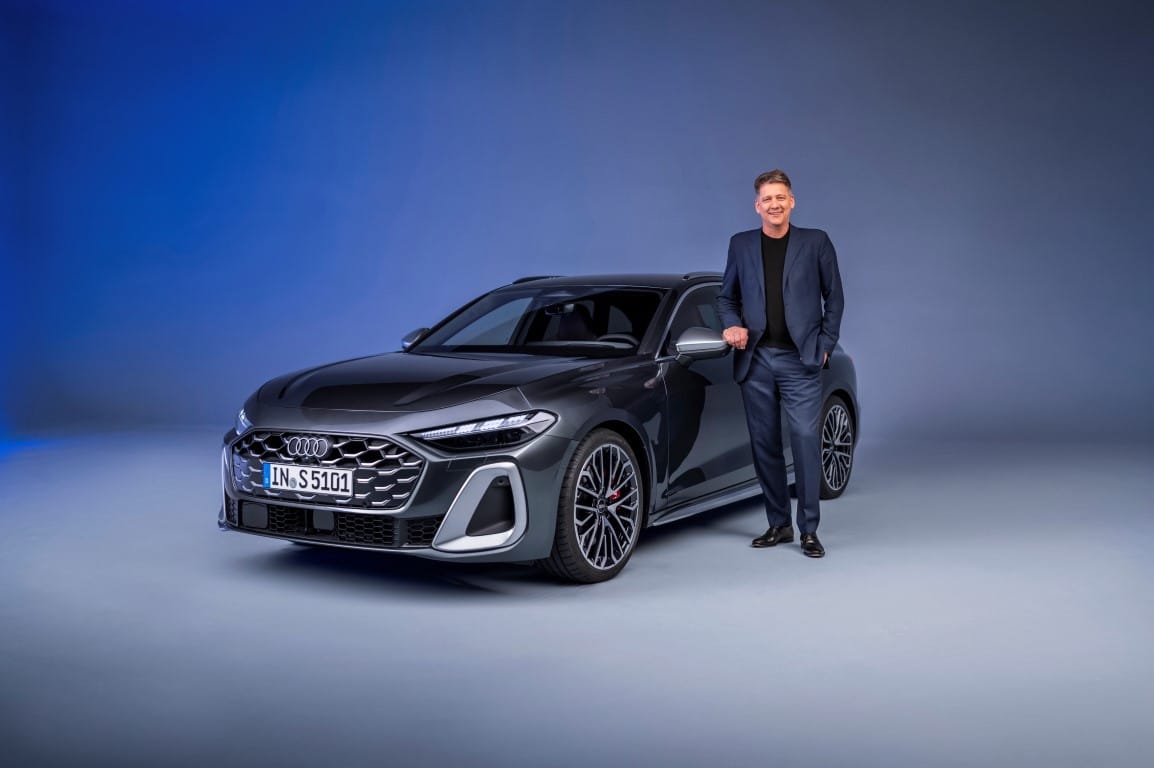
Besides that, it makes the F1 side, in Dollner's words, “absolutely independent in handling this project” - which really means not having to go through a conventional and laboured corporate process with Audi signing decisions off at several stages.
It’s the closest this kind of set-up can probably get to ‘independence’ and probably Audi’s best chance of succeeding, too.
'NO ANSWER' ON DRIVERS
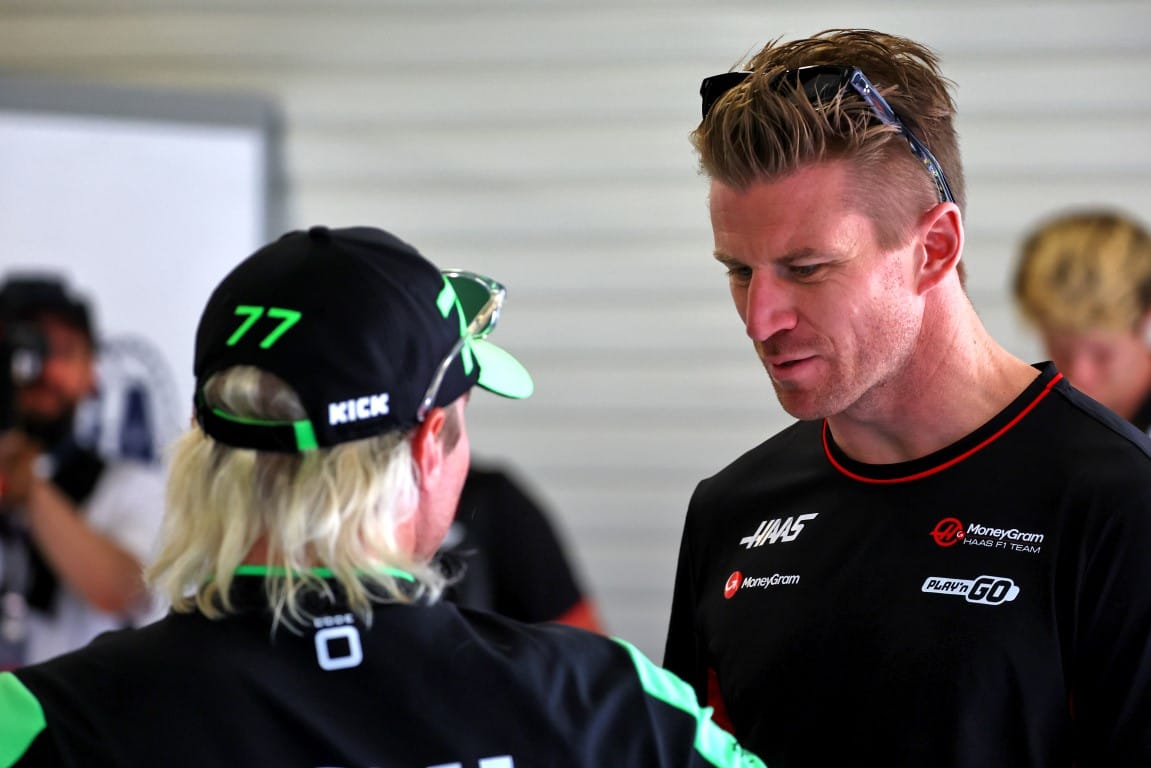
One of Binotto’s first tasks is to finalise Audi’s driver line-up for its final Sauber season in 2025 - and probably beyond. A one-year deal doesn’t seem like it’s of any interest.
Binotto is inheriting one driver deal already: Nico Hulkenberg. He’s locked in as he was a Seidl priority. And as for his team-mate, current Sauber driver Valtteri Bottas appears the favourite.
Bottas was frozen out under the previous regime but he feels like initial conversations with Binotto have been positive.
He and Hulkenberg would at least give the team two good, experienced references for an interim phase where it needs to build up to respectability - and that includes the early years as Audi. Hulkenberg would obviously be an advance on Zhou Guanyu and his presence would help eliminate a question mark about whether part of Sauber’s underperformance has been its driver line-up.
But there’s some wildcard potential, too. Audi could back Sauber’s own protege Theo Pourchaire, the 2023 Formula 2 champion - and it’s also been linked with McLaren junior, Formula 3 champion and current F2 frontrunner Gabriel Bortoleto.
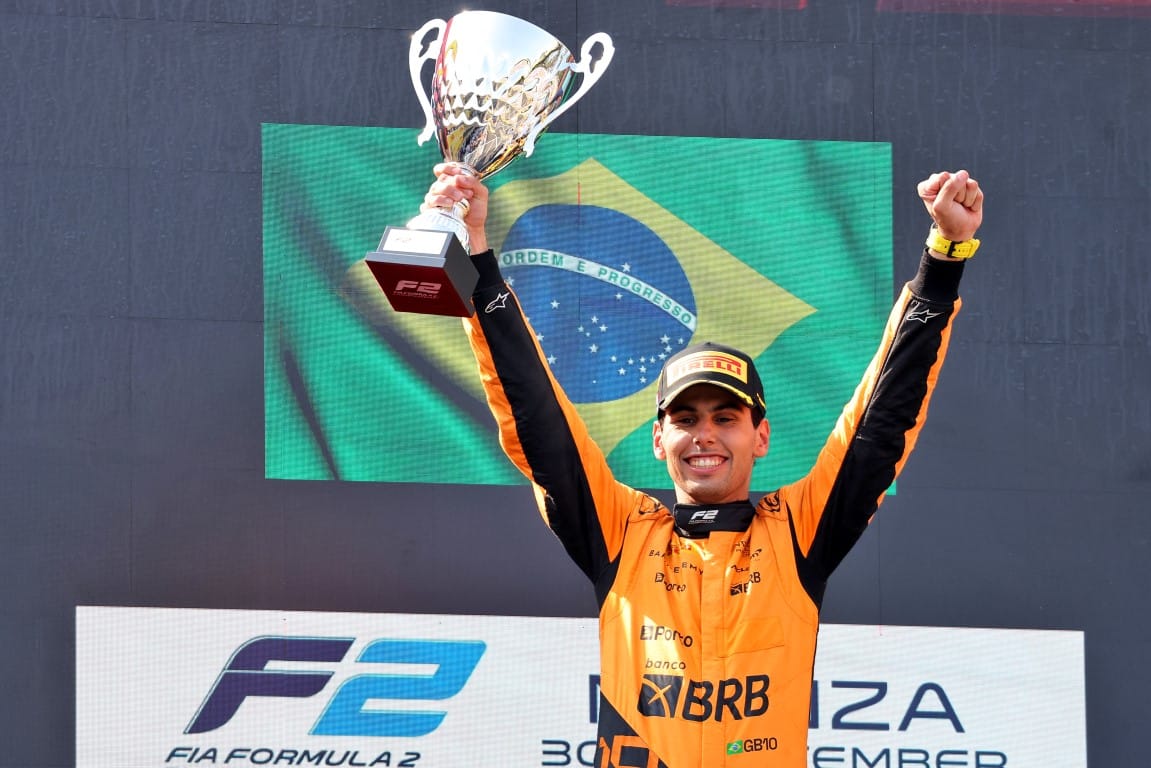
It will come down to what Binotto wants. This project has medium- and long-term objectives and he thinks there are two valid routes to achieve them: invest in youth now, or have more experience in the short-term and then move to something different.
Audi wants it done “as soon as possible” and Bottas was hoping things might be wrapped up by the Azerbaijan Grand Prix in mid-September, but it’s possible this spills beyond that.
The first step for Binotto is to nail down a “clear plan” for the short, medium and long term. He’s listening to all potential drivers and evaluating the pros and cons. But when Binotto spoke on the Sunday of the Italian GP weekend, he said of Hulkenberg's 2025 team-mate that “today, I don’t think we are in the position to answer”.


